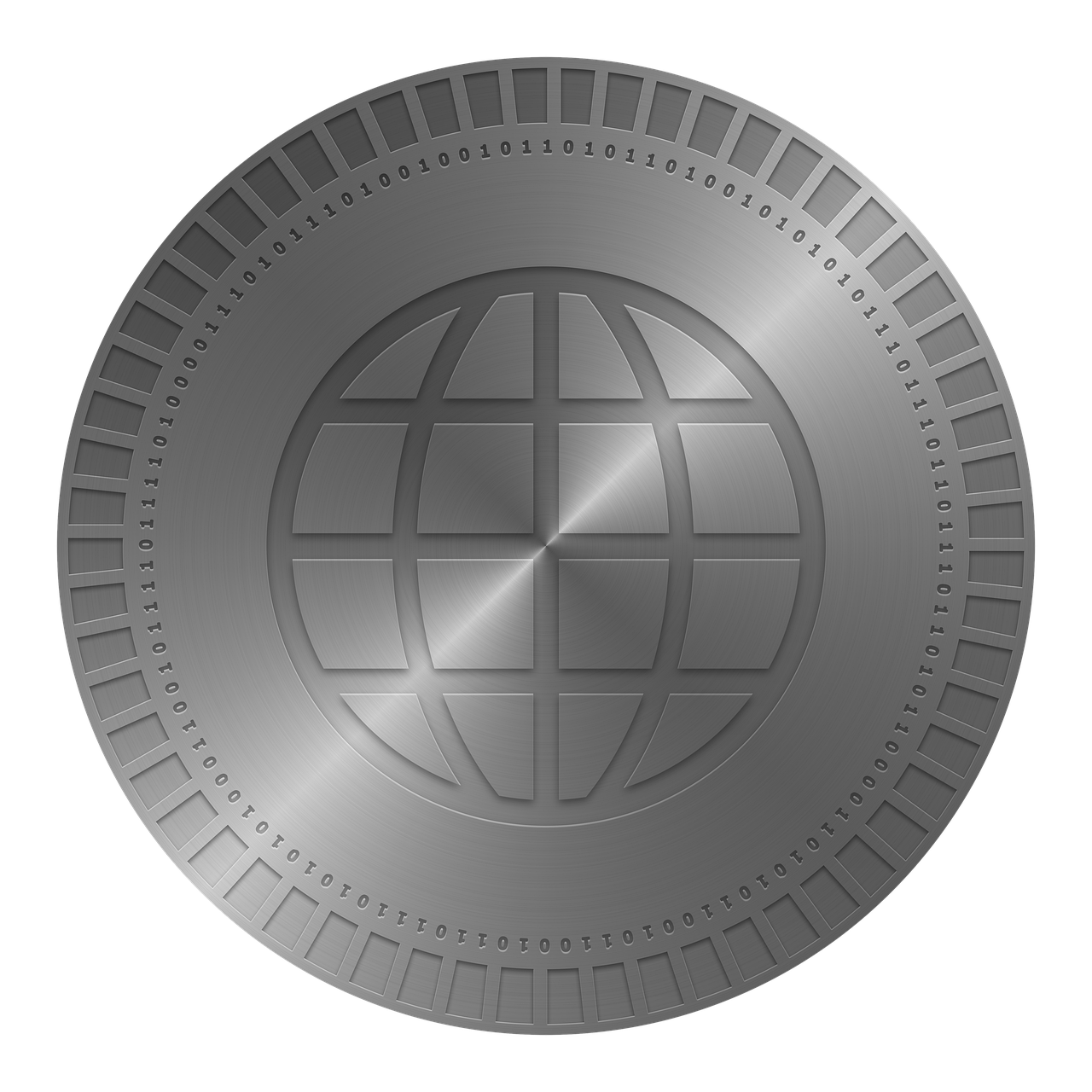Tokenization of Real-World Assets Beyond Digital Art
 Victor Uzoagba
Victor Uzoagba
In the financial world, tokenization is already in place-mostly beyond anything one could relate to with digital art or collectibles. Blockchain technology opens up greater avenues for the global tokenization market to reach a value of $24 trillion by 2027. We may therefore be well into the seedlings of a revolution in how we perceive, trade, and manage traditional assets.
What Is RWA Tokenization?
In other words, on-chain tokenization of RWA has the implication of value held in tokens representative of ownership or claims derived from real-world or financial assets. These tokens would be resident on blockchain systems that bring partial ownership, automated compliance, and levels of liquidity not hitherto conceived with fundamentally illiquid assets.
Technical Underpinnings
The tokenization of RWA will be based on smart contracts developed atop mainstream blockchains, like Ethereum. These will be based on token standards for either the fungible variant, such as ERC-20, or the hybrid variant, for example, ERC-1155. It will include:
Smart contracts with basic functions of ownership and transfer.
Legal wrapper structures to tie the digital tokens to the physical assets.
On-chain governance mechanisms responsible for the management of the assets oracle networks, providing integration of real-world data.
Key Benefits
It follows that the tokenization of real-world assets creates the following number of transformational benefits:
Increased Liquidity: Buy and sell previously illiquid assets at any moment in digital markets.
Fractional Ownership: It allows buying expensive assets even on a small scale, democratizing access to investments.
Automated Compliance: Smart contracts can autonomously ensure that regulations are complied with.
Lower Costs: Automation and disintermediation reduce administration costs.
Greater Transparency: Blockchain is an immutable record of ownership and transactions.
Major Asset Classes Undergoing Tokenization
Real Estate
Real Estate is among the pioneering fields to make its way into tokenization with the use of RWA tokens. In fact, today it is still possible to tokenize commercial properties. Projects like Harbor and RealT can give out fractional ownership and then distribute rental income mechanistically. That would mean that, for example, a building valued at 50 million dollars could be tokenized into 50 million tokens representative of each single dollar above this building.
• Bonds: Tokenized bonds can be held in smaller denomination and pay out interest automatically.
• Private Equity: Previously illiquid PE shares become liquid tokens.
• Carbon Credits: Environmental assets are better tracked and more easily tradable.
• Structured Products: Complex financial products become better accessible and more transparent.
Physical Assets
As already hinted at above, the tokenization of physical assets bears both - opportunities, but also some challenges.
Precious Metals: The Gold-backed tokens offer exposure to the precious metal sans storage-related problems.
Commodities: Efficient trading in agricultural and industrial commodities.
Fine Art: Fractional ownership of fine art to retail investors.
Infrastructure: Tokenized investment vehicles raise funds for large projects.
Regulatory Landscape
The regulatory landscape for the tokenized RWAs keeps on changing. The salient features are as follows.
United States
- SEC has regulations on issuance and trading of security tokens.
- State by state tokenization of real estate Trading of security tokens platforms regulated by FINRA.
European Union
- MiCA: Markets in Crypto-Assets Implications of Digital Finance.
- Package Requirements for cross-border transaction.
APAC
- Jurisdictional approaches differ.
- Singapore and Hong Kong are progressive frameworks.
- Regulations emerge in developing markets
Infrastructure and Technology
RWA tokenization will only really work if underpinned by appropriate infrastructure:
Key Infrastructure
Issuance Platforms: Platforms catering for issuance and management of tokens
Custody Solutions: A safe house for digital assets and legal documents pertaining to those assets.
Oracle Networks: Feeds providing sound data w.r.t. real-world assets.
Trading Platforms: Compliant exchanges for secondary market trading
Insurance Solutions: Protection against technical and operational risks
Market Challenges and Solutions
Notwithstanding the promise, several challenges have to be taken into consideration:
Liquidity Concerns
• Building adequate volume of trading
• Integrating market makers
• Mechanisms for price discovery
Technical Risks
• Smart contract vulnerabilities
• Oracle manipulation
• Integration issues with respect to legacy systems
Legal Uncertainties
• Issues with respect to jurisdictional differences
• Right enforcement
• Cross-border challenges
What the Future Holds
Indeed, the future for RWA tokenization looks bright, with several trends already emerging. Such trends relate to institutional adoption, integration with DeFi, better standards, technical innovation, and greater regulatory clarity.
Implementation
Some of the actions to be undertaken for RWA tokenization would include the following in case an organization was considering this avenue:
- Asset Assessment
Analysis of suitability of assets;
Definition of tokenization structure
Market demand analysis
- Legal Framework
Retain appropriate legal services
Design compliance process
Create ownership vehicles
- Technical Implementation
Choose technology partners
Design smart contracts Installation of security
- Market Preparation
Demand creation among the investors
Establishing relations with the traders
Development of marketing tools
Conclusion
The train of thought that finally breaks up traditional capital is, of course, ownership and-more importantly-trading in conventional assets. Of course, on the road of progress, there are problems to be confronted head-on-in this juncture, a host of such advantages as increased liquidity, accessibility, and efficiency just cannot go by unseen. Once the technology matures to a position whereby regulatory frameworks catch up with it, accelerated adoption across different asset classes should follow.
This, in other words, means that investors, businesspersons, and financial institutions must strive to show awareness of such change and commence preparation towards adapting to it. In fact, the sooner adaptation can be made, the better positioning will be towards the use of the full potential of tokenized real-world assets in an increasingly digital financial future.
Subscribe to my newsletter
Read articles from Victor Uzoagba directly inside your inbox. Subscribe to the newsletter, and don't miss out.
Written by

Victor Uzoagba
Victor Uzoagba
I'm a seasoned technical writer specializing in Python programming. With a keen understanding of both the technical and creative aspects of technology, I write compelling and informative content that bridges the gap between complex programming concepts and readers of all levels. Passionate about coding and communication, I deliver insightful articles, tutorials, and documentation that empower developers to harness the full potential of technology.